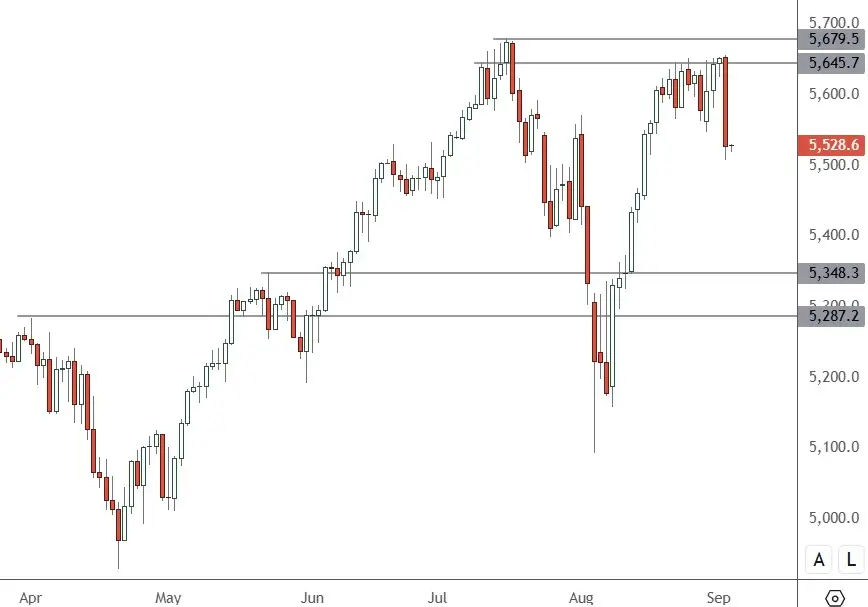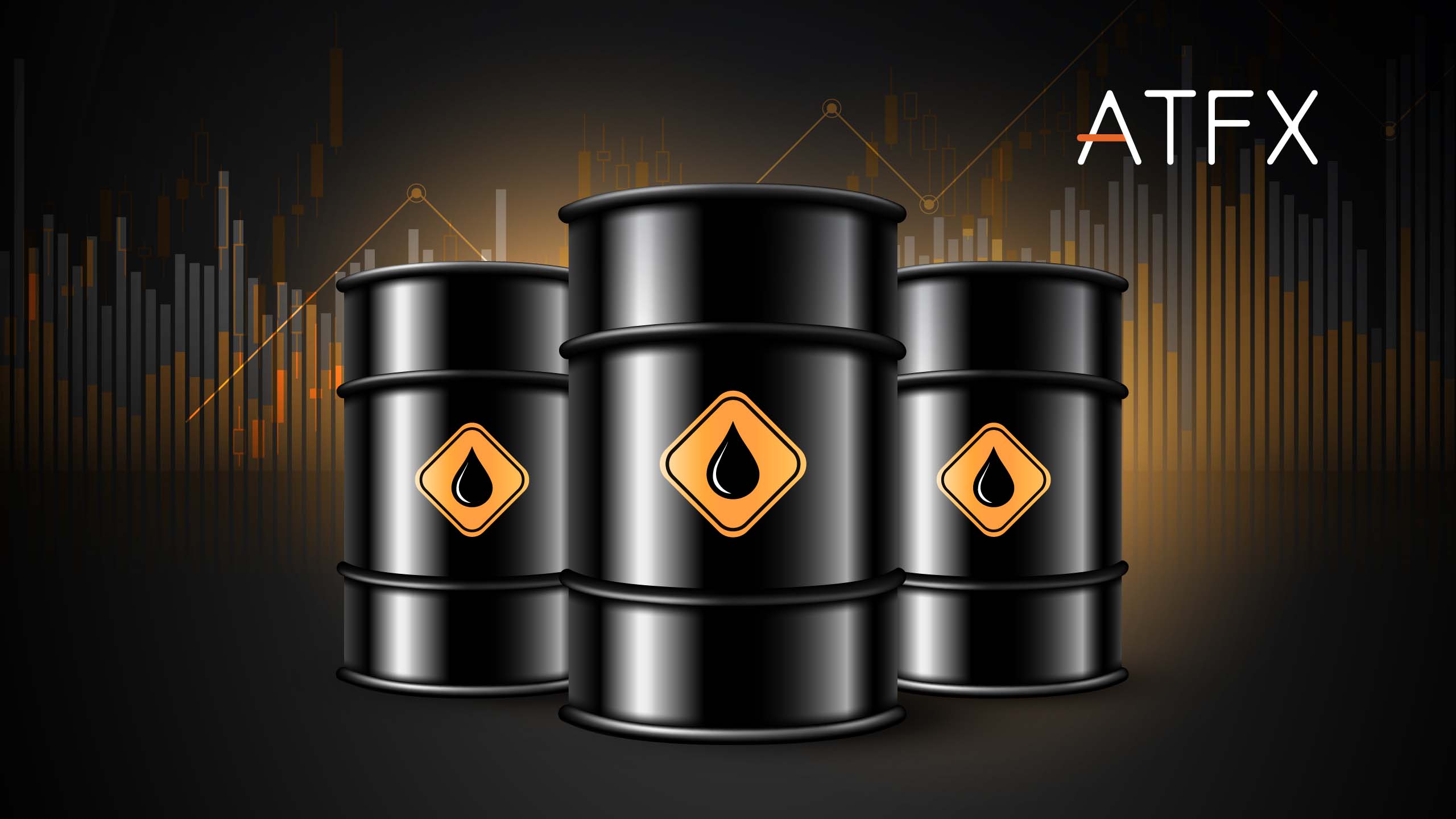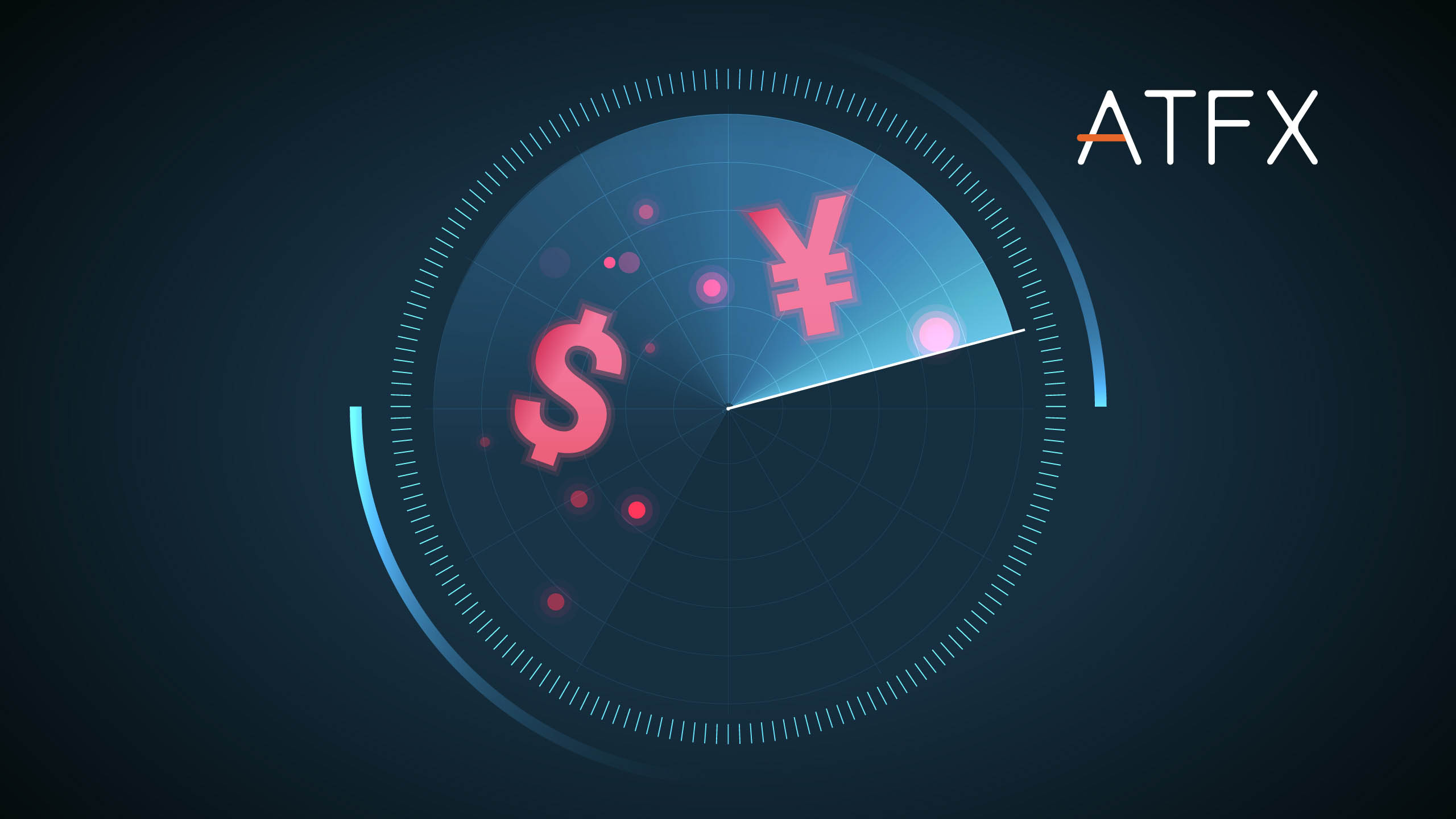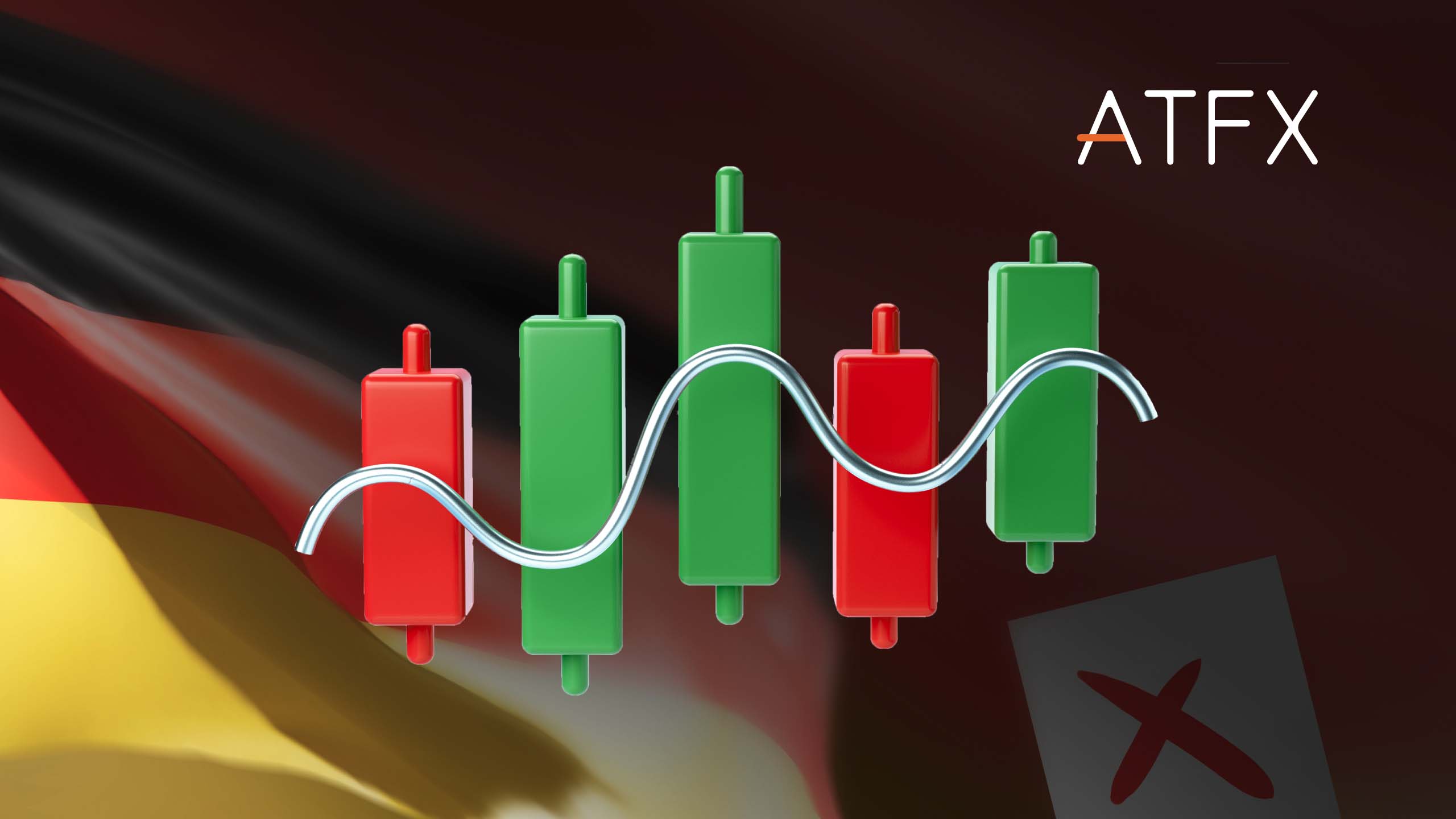After defying gravity for months, US stocks look set for a correction after chip stocks tumbled.

SP 500 – Daily Chart
The SP 500 index sank from recent resistance to trade at 5,258. There is now a risk that spooked investors will increase their sales.
Stocks were sharply lower on Tuesday, with the S&P 500 posting a 2-week low and the Nasdaq 100 a 2-1/2 week low. The weakness was driven by chip stocks, which have been the big driver of the AI-driven stock market rally. Nvidia’s earnings last week failed to impress investors, and the market is now on edge.
Weaker-than-expected ISM manufacturing and construction spending reports from the US economy hurt stocks. There was also concern that weakness in China’s economy will continue to weigh on the global outlook. China’s own manufacturing PMI unexpectedly dropped by -0.3 to a 6-month low of 49.1, despite analysts’ expectations for a move higher to 49.5.
Markets will now look to the important services PMI figures for the US, and a weak number could reignite recession fears. Services are 90% of the US and are tied to consumer and business activity. Services PMI is expected to dip from 51.4 to 51.1, with the 50 level being the important line in the sand for expansion. A move toward 50 or lower could add to recent stock selling.
That will then focus on the latest job numbers, with the country seeing a recent downgrade in previous job additions. The market is expecting to see 160k jobs added to the economy after a 114k print last month.
Traders are now pricing a 100% chance for a -25 bp rate cut at the September 17-18 FOMC meeting and at 38% for a -50 bp rate cut at that meeting.
However, further economic weakness could dampen any excitement for interest rate-fuelled expansion in the economy. After the recent surge in stock prices, the S&P 500 is at risk from bad news that could create a steeper correction in the market.
Geopolitical risks remain with intensified fighting between Ukraine and Russia, while a ceasefire is not a reality in the Middle East at the moment. There is also the upcoming US election in November, which could see a big difference in policy depending on the winner.


